Celebrate with Us! Cheers to Indigo’s 10-Year Anniversary
MESSAGE FROM THE CEO INVITATION TO CONNECT AND HELP BIG ANNOUNCEMENTS HELPFUL LINKS SHERI’S NEW BOOK NOTE OF GRATITUDE Message from the CEO Upon reflecting
MESSAGE FROM THE CEO INVITATION TO CONNECT AND HELP BIG ANNOUNCEMENTS HELPFUL LINKS SHERI’S NEW BOOK NOTE OF GRATITUDE Message from the CEO Upon reflecting
We’re so excited! Long time friend of Indigo, Ulcca Hansen, just released her book, The Future of Smart. It’s a must read for anyone interested

Indigo Education Company is honored to be one of 60 organizations selected to participate in Colorado Impact Days!
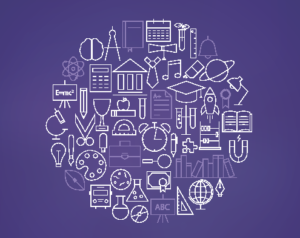
A big part of the work Indigo does is providing schools ‘non-academic data’ that can be used to connect better with students and personalize education. But this begs an obvious question: what the heck is ‘non-academic data’?

Indigo’s Theory of Change Explained May 5th, 2016, written by Nathan Robertson How do you change schools when educators are at their breaking points, students

4 Easy Ways To Help Students Believe in Themselves April 19th 2016, Written by Nathan Robertson Why Do We Focus on the Negatives? The thing
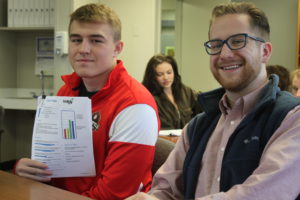
Personalizing School Culture Causes Radical Transformation March 14th 2016, Written by Nathan Robertson Your School is Struggling? Tacking on a New Computer Lab is not
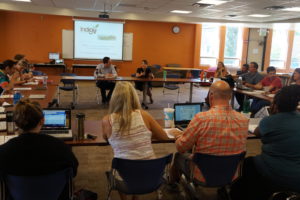
Highlighting Excellence: New Vista’s Success in Personalized Education March 9th 2016, Written by Nathan Robertson It’s not everyday you hear about high school students restoring a
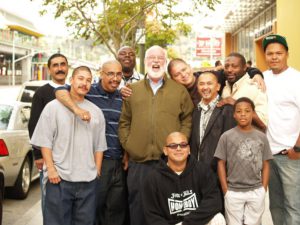
Homeboy Industries – A Story of Redemption February 28th 2016, Written by Nathan Robertson I’ve heard it said before that one of the most humbling
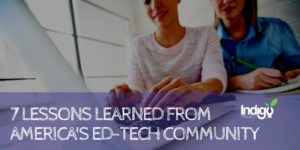
National Education Week: 7 Lessons from America’s EdTech Community January 14th 2016, Written by Nathan Robertson Right before the Christmas season, I went to the
aesthetic AI asking awards college fits Communication compliance continuous learning creativity DISC dominance Education empathy Empowering Educators FBLA future of education goals Indigo Indigo Assessment Indigo Data Indigo Education Company individualistic influencing leadership LearnLaunch Listening mentoring Motivators Partners Peak to Peak High School Personalized Learning persuasion planning Podcasts Professional Development self-awareness social soft skills Speaking Engagement steadiness team Teamwork theoretical TTI utilitarian